Ebrahim Raisi's helicopter crash leaves many questions
The situation around Iran turned out to be the main news on Sunday due to an event that no one could have foreseen. The helicopter of the country's President Ebrahim Raisi, returning home after a “historic visit” to Azerbaijan, crashed in difficult weather conditions in a remote mountainous area in northwestern Iran. The air incident with the head of an influential state in the Middle East, on which regional and global politics is largely tied, blew up the global information space. Speculation that Ebrahim Raisi was killed raised the question of the continuity of power in Iran and the possibility of maintaining Tehran’s previous hard line within the country and in conflict relations with the West.
Search and rescue operations at the helicopter crash site were hampered by unfavorable weather conditions - rain and thick fog.
A helicopter crash carrying Iranian President Ebrahim Raisi occurred on Sunday evening near the Iranian city of Julfa, which is located 600 km northwest of Tehran, in the Iranian province of East Azerbaijan bordering Azerbaijan.
Immediately after the first brief reports about the “hard landing” of the Iranian President’s helicopter appeared in the world media, an information vacuum arose for some time around the incident due to the lack of feedback from the victims and the serious difficulties of conducting search and rescue operations in bad weather conditions - rain and thick fog .
Initially, all that was known for certain was that the Iranian delegation flew from Azerbaijan in three helicopters. In addition to the head of state, it also included Iranian Foreign Minister Hossein Amir-Abdollahian, Energy Minister Ali Akbar Mehrabian, Roads and Urban Development Minister Mehrdad Bazrpash, East Azerbaijan Province Governor Malik Rahmati and the imam of the Tabriz mosque Ayatollah Al-Hashemi.
The information pause was interrupted by reports that Ebrahim Raisi was not injured and allegedly even managed to safely get out of the emergency helicopter and go by car as part of a motorcade to Tabriz.
However, it soon became clear that there was no happy ending: the Iranian state agency Mehr deleted the information that the president of the republic was alive.
A new wave of news carried signs that the worst had happened. The lives of the president and foreign minister are “under threat,” an unnamed Iranian official told Reuters: “The reports coming from the helicopter landing site raise very serious concerns,” the agency’s source said.
Unconfirmed information has emerged about the beginning of the formation of a new emergency government and calls for citizens of the Islamic Republic to pray for the leaders involved in the accident.
After the exact location of the helicopter crash was determined - the area of the village of Uzi (one of the most inaccessible places in the province of East Azerbaijan), more than 40 rescue teams and 15 groups with search dogs went to the crash site. 8 ambulances left for the center of the province, the city of Tabriz. The rescue operation was coordinated by the head of the Iranian Red Crescent Society, Pir Hossein Kolivand. According to the Turkish Emergency Management Agency, Ankara sent its climbers and special equipment to the site of the disaster.
However, rescue efforts were complicated by heavy fog, lack of roads providing access to the crash site, and the onset of darkness. In this regard, the main question - whether the head of state managed to survive - remained unanswered, and hopes for his salvation became increasingly elusive.
The information picture around the Iranian President in the first half of the day looked completely different, not foreshadowing a tragic outcome. On Sunday morning, Ebrahim Raisi arrived on a visit to Azerbaijan and, together with the country's President Ilham Aliyev, took part in the commissioning ceremony of the Khudaferin hydroelectric complex and the opening of the Giz-Galasy hydroelectric complex, built on the Araz River.
Speaking at the ceremony, the Azerbaijani president, who was the last foreign leader to see his Iranian counterpart before his helicopter crashed, called the opening of the waterworks on the Araz River a “historic event” for the two neighboring countries. In his speech, Ilham Aliyev also made several loud statements about the political situation in the South Caucasus, the difficult negotiation process with Armenia, as well as relations between Baku and Tehran, which have experienced an acute crisis and have only today embarked on the path of normalization.
“The development of the region must be ensured by the will of the peoples living in the region. Intervention by non-regional countries in our affairs is unacceptable. If someone - the leaders of countries located thousands of kilometers from here - wants to achieve some results in this region, then let them talk to us. Inappropriate and unnecessary interference has not brought and will not bring any benefit until today,” said Ilham Aliyev.
“Iranian-Azerbaijani friendship and brotherhood are an important factor in stability and strengthening security measures in the region in the future. In all international organizations of which we are members, we support each other and will continue to do so,” said Ilham Aliyev.
Meanwhile, it is very symbolic that within a matter of hours after the Azerbaijani leader’s warning about the inadmissibility of interference by external forces, the forces of nature allegedly intervened in the situation in the region, leaving unanswered questions about the circumstances and reasons for such a dramatic end to Ebrahim Raisi’s historic visit to Azerbaijan.
The third wave of publications about the incident was the conspiracy theories that flooded the media that it could have been caused not by bad weather conditions, pilot error or a technical malfunction of the helicopter, but by a conspiracy of external forces, which included Israel and the United States.
Meanwhile, speculation that 63-year-old Ebrahim Raisi, who was elected president in 2021, has died, has raised the question of his successor and the possibility of maintaining Tehran’s previous hard line within the country and in conflictual relations with the West.
Given the complex system of religious-secular power in Iran, at the top of which the Supreme Leader of Iran, Ayatollah Khamenei, stands above the president, the country appears to be able to avoid shocks in the near future. Vice President Mohammad Mokhber is named as Raisi's likely successor in the event of his death.
However, according to experts, Iran may face a succession crisis in the future. The fact is that President Raisi is considered perhaps the main possible successor to the 85-year-old Ayatollah Khamenei. Another likely successor to the Supreme Leader of Iran is his son Mojtaba Khamenei, but the latter is less popular than President Raisi, and his appointment to the highest post in the state may cause serious resistance.
Be that as it may, as of Sunday evening, questions about what happened in the skies over East Azerbaijan, whether President Raisi survived and what will happen to Iran now remained unanswered.
Bütün xəbərlər Facebook səhifəmizdə


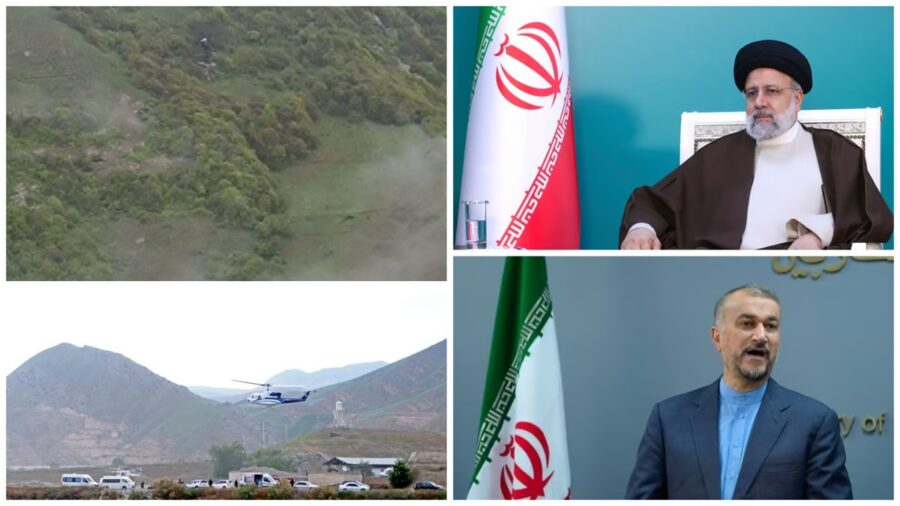

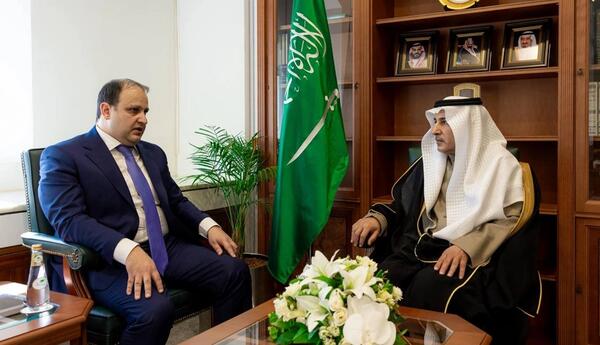
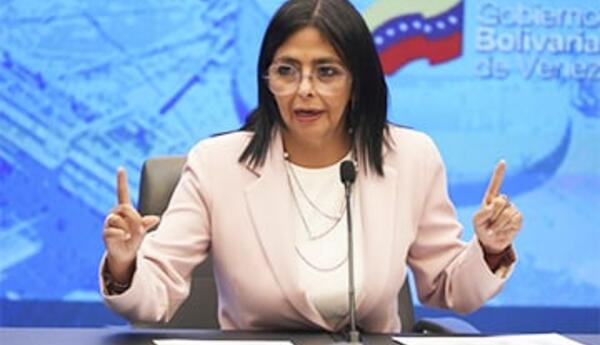
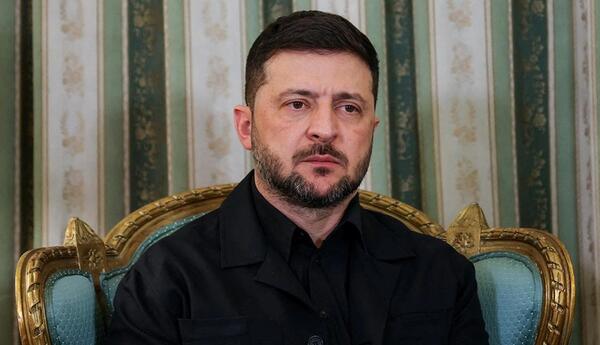
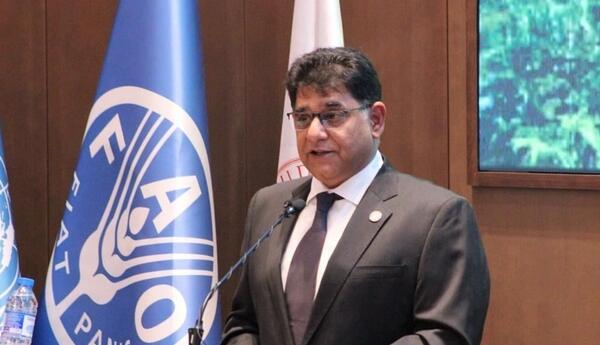
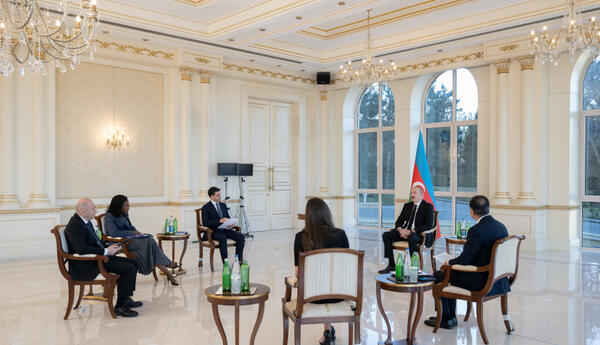
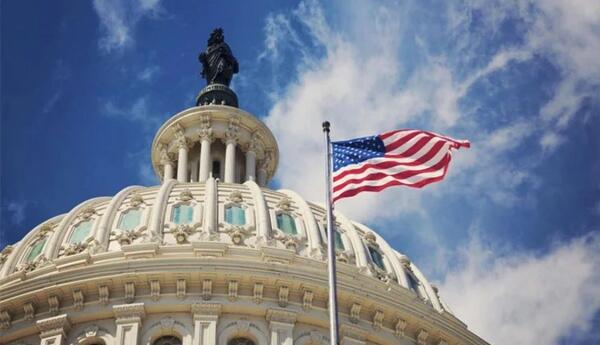
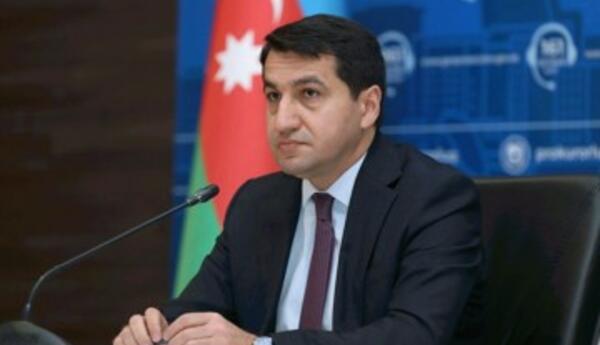
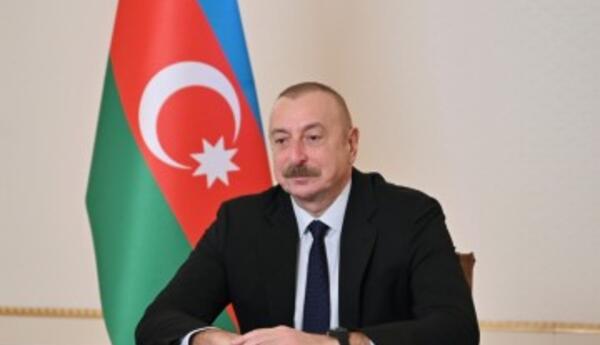
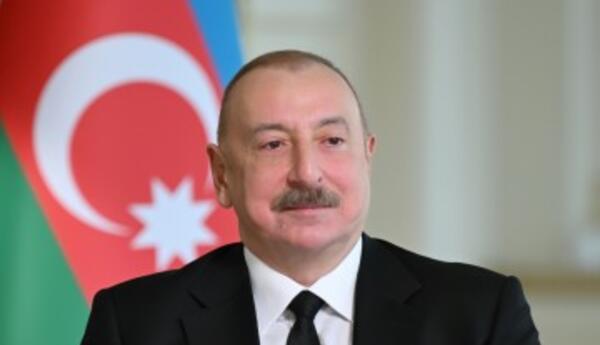
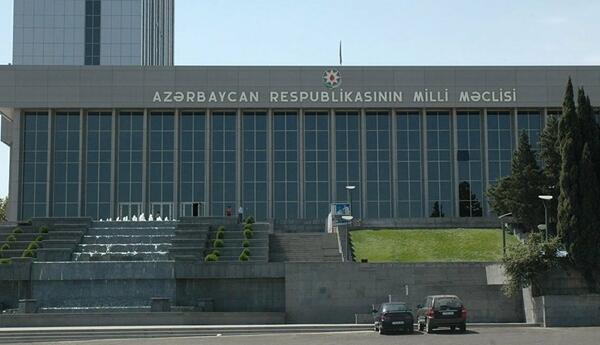
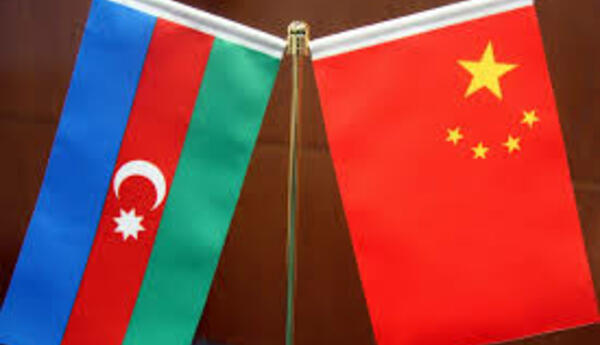
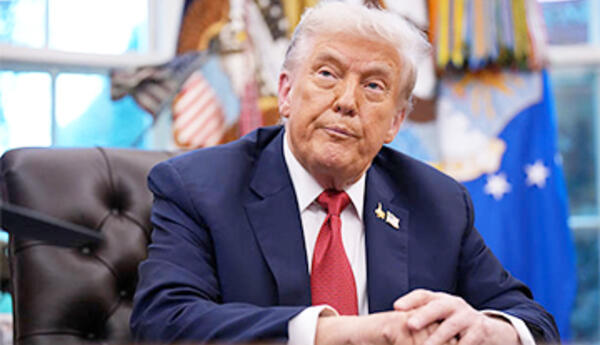






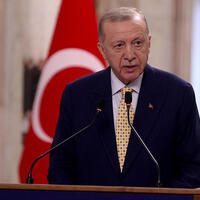

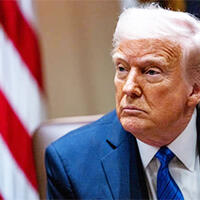

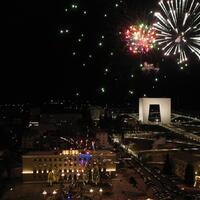



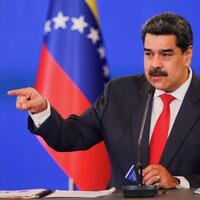
 USD
USD
 EUR
EUR
 GBP
GBP RUB
RUB
